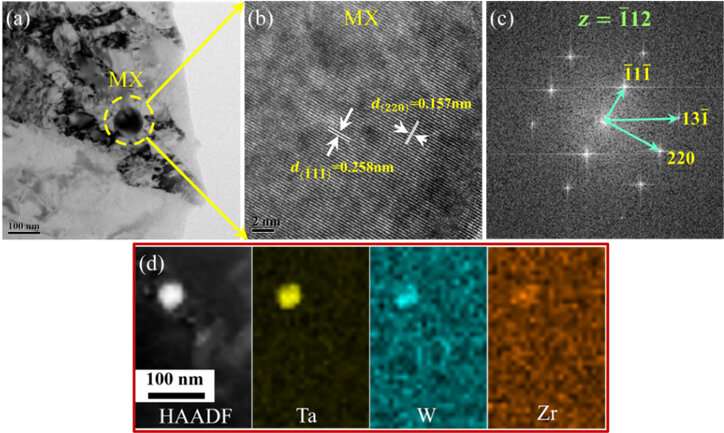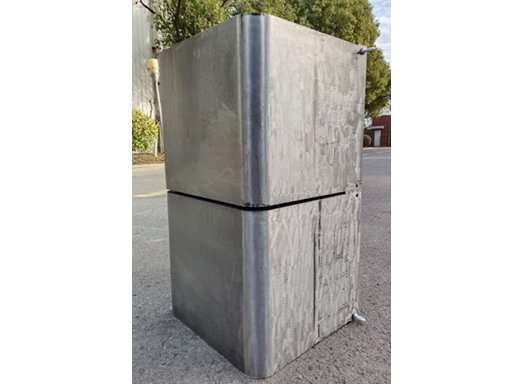Key material development for fusion energy application
Figure 1. Fatigue and creep properties of 9Cr-RAFM steels and welded joints. Credit: HFIPS
In a review paper recently published in the Journal of Nuclear Materials, Prof. Haug Qunying from the Hefei Institutes of Physical Science (HFIPS) of the Chinese Academy of Sciences, together with collaborators, has introduced the latest development and strategy on fusion energy in China and reviewed the progresses of reduced activation ferritic/martensitic (RAFM) steel for engineering applications.
China is carrying out extensive fusion projects to promote the final application of clean fusion energy. The test blanket module (TBM) of the international thermonuclear experimental reactor (ITER) is a key component to verify energy extraction, tritium proliferation and self-sustaining. Therefore, structural materials of fusion reactors are required to meet the harsh operating environment such as high-energy neutron irradiation, high heat flux impact, complex electromagnetic and mechanical loads.
“RAFM steel has many advantages,” said Prof. Huang Qunying, “like low activation, good radiation resistance and high-temperature mechanical properties, as well as relatively mature industrial technologies. That’s why it was chosen as a promising structural material for ITER- TBM and fusion DEMO reactor.”
In this paper, they summarized the improvement of properties and key technologies development for final application in ITER and CFETR in China during the past few years. The latest studies and progresses mainly focused on composition design, radiation resistance and mechanical properties optimization, processing and forming technologies, standardization construction and engineering qualification.
-

Figure 2. Microstructure and precipitated phase of modified RAFM steel. Credit: HFIPS -
![Study sheds light on key material development for fusion energy application]()
Figure 3. Half prototype of HCCB TBM. Credit: Southwestern Institute of Physics
Among them, Prof Huang mentioned the most important one. “The key technologies have been pushed forward very quickly under the supports on research and development of RAFMs and TBMs. Some related standards have been issued,” she said, “with these profound technologies and experiences, we are closer to the final engineering application of RAFM steel in ITER, CFETR and DEMO.”
These studies lay a solid material and technical foundation for the fabrication of ITER-TBM. They also provide an important reference for the research and development of other RAFMs, ITER-TBMs, and the blanket modules of CFETR and DEMO.
French scientist leading nuclear fusion project dies at 72
Information:
Qunying Huang et al, Development of reduced activation ferritic/martensitic steels in China, Journal of Nuclear Materials (2022). DOI: 10.1016/j.jnucmat.2022.153887 Provided by Chinese Academy of Sciences
citations: Key material development for fusion energy application (2022, July 22) retrieved 24 July 2022 from https://phys.org/news/2022-07-key-material-fusion-energy-application.html
This document is subject to copyright. Apart from any fair dealing for the purpose of private study or research, no part may be reproduced without the written permission. The content is provided for information purposes only.




Comments are closed.